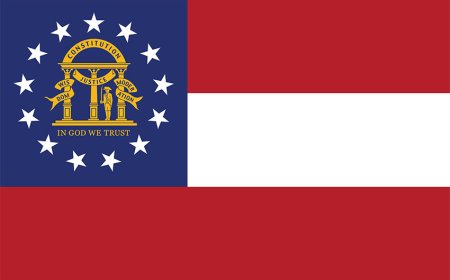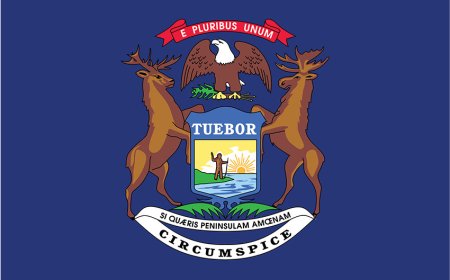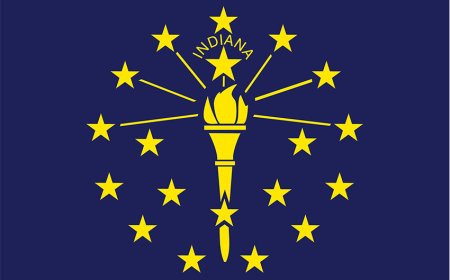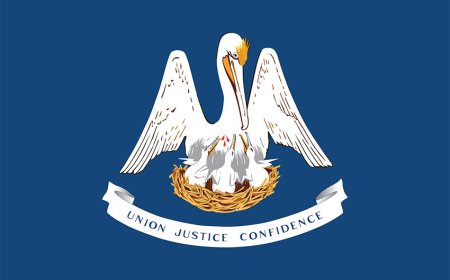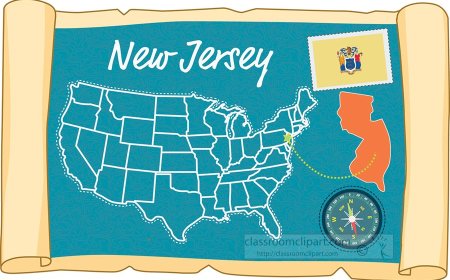Washington State for Kids: Fun Facts, History, and Geography Guide
Explore Washington State with this fun, kid-friendly encyclopedia guide! Learn about the Evergreen State’s mountains, volcanoes, cities, animals, and history. Packed with interesting facts, vocabulary, and a quiz to test your knowledge.
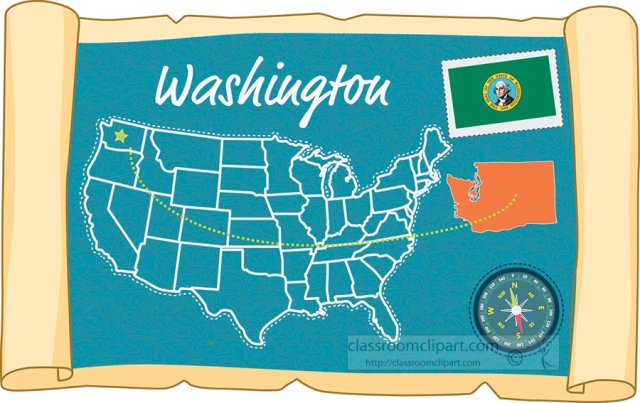
Introduction
Washington, known as the Evergreen State, sits on the Pacific Northwest coast of the United States. From the misty rainforests of the Olympic Peninsula to the volcanic peaks of the Cascade Range and the rolling wheat fields of the east, Washington’s varied landscapes support a rich blend of cultures, industries, and ecosystems. Home to Native American tribes for millennia, the state later became a hub for fur trading, timber, and railroads—and today leads in technology, coffee culture, and environmental innovation.
Quick Fact Box
- State Name: Washington (WA)
- Nickname: The Evergreen State
- Capital: Olympia
- Largest City: Seattle
- Statehood: November 11, 1889 (42nd state)
- Motto: Alki (Chinook for “By and By”)
- State Bird: Willow Goldfinch
- State Flower: Coast Rhododendron
- State Tree: Western Hemlock
- Population: ~7.7 million (2020 census)
- Area: 71,362 mi²
- Highest Point: Mount Rainier (14,411 ft)
- Lowest Point: Pacific Ocean (0 ft)
History of Washington
In 1792, British naval officer Captain George Vancouver charted much of Puget Sound, and a few years later American ship captains and fur traders—drawn by the profitable beaver pelts—began to establish trading posts. Fort Nisqually (1833) and Fort Vancouver (1825) became key centers for the Hudson’s Bay Company, linking the Pacific Northwest to global markets.
By the 1840s, the Oregon Trail pioneers were pushing past the Columbia River into present-day Washington. The influx of American settlers prompted the U.S. government in 1846 to draw a boundary at the 49th parallel, formally separating British and American claims. The Oregon Territory split in 1853, creating the Washington Territory with Olympia as its capital.
Railroads arrived in the 1880s, tying Seattle and Spokane to the rest of the country and fueling rapid growth. On November 11, 1889, Washington was admitted as the 42nd state. Timber and fishing boomed, and cities like Tacoma and Everett sprang up around lumber mills and shipyards.
During the 20th century, hydroelectric dams on the Columbia River—such as Grand Coulee—powered wartime industries and irrigated eastern farmlands. After World War II, Boeing transformed Seattle into an aviation hub, and later Microsoft and Amazon ushered in a technology era. Today, Washington honors its rich Indigenous heritage and frontier past even as it leads in innovation, agriculture, and environmental stewardship.
Where in the USA
Located in the far northwest corner of the contiguous United States, Washington is bordered by Canada to the north, Idaho to the east, Oregon to the south, and the Pacific Ocean to the west. The state is divided by the Cascade Mountains into a wet, forested western region and a drier, shrub-steppe eastern plateau. Major waterways include the Columbia River—forming much of the southern border—and Puget Sound, an inland marine waterway that shapes the Seattle metropolitan area
Landmarks and Attractions
Washington boasts iconic natural and urban landmarks. Mount Rainier National Park centers on its towering active volcano, surrounded by wildflower meadows and old-growth forests. Olympic National Park features temperate rainforests, alpine peaks, and Pacific beaches. In Seattle, the Space Needle and adjacent Chihuly Garden and Glass showcase futuristic design and art. The ferry system on Puget Sound links charming waterfront towns like Bainbridge Island and Port Townsend. Eastern Washington’s Palouse Hills offer wave-like fields of grain, while the volcanic spires of the North Cascades provide world-class hiking and mountaineering.
State Symbols & Emblems
The flag of Washington is the only U.S. state flag to feature a sitting president—George Washington’s portrait appears centered on a dark green field. Evergreen forests inspired the nickname and are symbolized by the western hemlock, the state tree. The coast rhododendron’s pink blooms highlight springtime in western valleys. Other emblems include the orca (state marine mammal) and the apple (state fruit), reflecting Washington’s status as the nation’s top apple producer.
People, Culture & Economy
Washington’s population blends urban innovation with rural traditions. Seattle’s tech giants—Microsoft and Amazon—anchor the “Silicon Forest,” while Spokane and Yakima host aerospace, agriculture, and manufacturing industries. The state leads in apple, cherry, hop, and wine production, and its coffee culture is world-famous thanks to Starbucks and countless independent cafés. Annual festivals celebrate film (Seattle International Film Festival), music (Bumbershoot), and Native American arts. The tech-driven economy coexists with fishing fleets on the coast and family-run farms in the Yakima Valley.
Climate, Ecosystems & Conservation
Western Washington experiences a temperate marine climate: mild, wet winters and cool, relatively dry summers. Olympic rainforests receive over 150 inches of annual rainfall, sustaining moss-draped trees and salmon-bearing streams. Eastern Washington’s rain shadow yields hot summers and cold winters, supporting sagebrush uplands and irrigated orchards. Conservation efforts focus on restoring salmon runs, protecting old-growth forests, and reintroducing native species like the gray wolf. Urban initiatives promote green buildings, public transit, and watershed protection.
Government, Education & Everyday Life
Washington’s government is led by a governor and a bicameral legislature meeting in Olympia. The state is known for mail-in voting and progressive policies on environmental standards and technology. Public education includes the University of Washington in Seattle—renowned for medicine, computer science, and marine biology—and Washington State University in Pullman, a leader in agriculture and veterinary science. Everyday life for Washingtonians might include morning ferry rides, weekend hikes to alpine lakes, apple-picking in fall, or enjoying a latte at a neighborhood coffeehouse. Active civic engagement and a passion for the outdoors shape how people work, learn, and play across the Evergreen State.
Fun Facts & Trivia
- Washington produces more apples than any other state in the U.S., growing over half of the nation’s supply each year.
- The world’s first gas station opened in Seattle in 1907.
- Mount Rainier is considered one of the most dangerous volcanoes in the world due to its large amount of glacial ice and proximity to populated areas.
- The Hoh Rain Forest on the Olympic Peninsula receives up to 12 feet of rain annually and is one of the largest temperate rainforests in the country.
- Seattle is home to the oldest continuously operating farmers market in the U.S., Pike Place Market, opened in 1907.
📚 Vocabulary List
| Word | Definition |
|---|---|
| Evergreen State | Washington’s nickname because it stays green all year round |
| Olympia | The capital city of Washington |
| Mount Rainier | The tallest mountain in the state, a snow-capped volcano |
| Puget Sound | A large body of water with bays and islands near Seattle |
| Seattle | The largest city in Washington |
| Volcano | A mountain that can erupt with lava, ash, and gas |
| Rain Shadow | A dry area on the east side of mountains where less rain falls |
| Pacific Northwest | The region including Washington, Oregon, and parts of Canada |
| Apple Orchards | Farms where apples are grown; Washington grows more apples than any other state |
| Timber Industry | Businesses that cut and process trees for wood products |
🌟 Kid-Friendly Summary: Washington State
Washington is called the Evergreen State because it stays green and full of trees all year! The capital is Olympia, but the biggest city is Seattle, which is famous for the Space Needle and tasty seafood.
You can find tall mountains here like Mount Rainier, which is actually a volcano! The state has lots of apple orchards, forests for the timber industry, and pretty places like Puget Sound with its islands and boats.
The weather is rainy in the west but drier in the east because of something called the rain shadow. Washington is part of the Pacific Northwest, along with Oregon and part of Canada.
People love exploring the outdoors, hiking, and picking fresh apples. It’s a state full of natural beauty and cool adventures!


















































